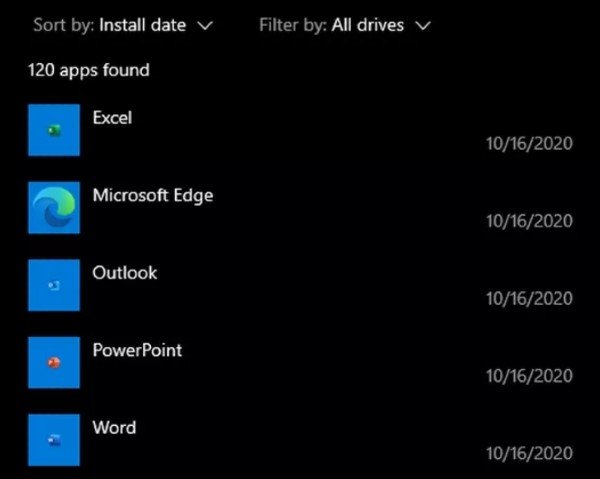Microsoft has issued a clarification in response to reports about the company force-restarting Windows 10 machines to install. According to the company, it’s a mistake, well, at least partially. Microsoft has also decided to pause the “migration,” which caused web apps to mysteriously appear in the Windows 10 Start Menu.

Microsoft partially admits its mistake
Originally, the idea was to turn website shortcuts pinned to the Windows 10 start menu into more visible tiles. But in what could be a bug according to Microsoft, existing Office web shortcuts mysteriously transformed into Progressive Web Apps (PWAs).
Once users created web shortcuts, the idea was to open those pages in Microsoft Edge by default. Windows 10 somehow started treating these shortcuts as PWAs. Users complained after they witnessed a series of Windows 10 apps being installed automatically.
Neither Windows 10 nor Microsoft was supposed to let web shortcuts automatically turn themselves into progressive web apps. Microsoft has been pinning Office web shortcuts to the Start Menu since May 2019. Microsoft is clearly trying to drive Edge adoption by pushing users towards PWAs bridging the native app gap.
Microsoft did not say much about its strategy to make Office products visible to Windows 10 Start Menu, with or without web shortcuts. It also remains to be seen whether Microsoft allows Windows 10 users to open these web shortcuts into a non-Edge (default) browser.
As far as PWAs are concerned, they simply open in web browsers that were used to create PWAs in the first place. Hence, the question about the web browser choice may not matter much to PWA users. However, Microsoft must clarify its strategy behind treating pinned web shortcuts in the Windows 10 start menu as Edge-exclusive.
There’s no denying the fact that Microsoft continues to aggressively push Edge to Windows 10 users. Last month, Microsoft also had to clarify why the company is forcing Edge in Windows 10.
In related news, Edge continues to challenge Chrome’s dominance in the global web browser market share.
Leave a Reply